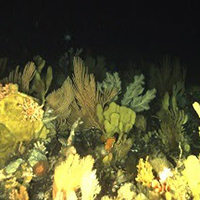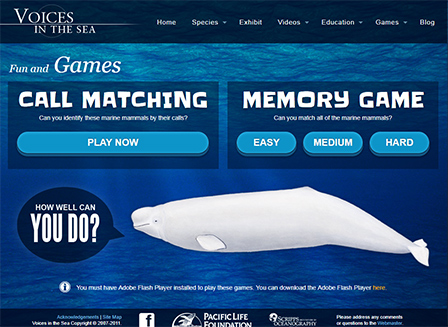Coral Reef Biodiversity: Dive into the Species Found on a Coral Reef
This project is a collaboration between the NOAA Regional Collaboration Network and Woods Hole Sea Grant.
Summary
This 2nd grade, standards-based activity is meant to accompany our NOAA Live! Webinars on corals and serve as an example of how you can dive deeper into the content with your students. We encourage you to first explore the coral reef by watching the NOAA Live! segments we have highlighted in the activity. Then use this hands-on activity with your students. Students will create their own coral reef and both explore the different plants and animals found there as well as the importance of each organism to the health of the reef.
NOAA Live! Webinars Highlighted: Dive In and Explore Coral Reef Ecosystems, Texas Corals, and Mantas, and Sharks, Oh My!, Cold Dark Secrets: Discovering Alaska’s Deep-Sea Corals and Sponges, Saving Corals: A Day in the Life of a Coral Reef Scientist, Fin-tastic Fun with Coral Reef Fish Surveys
Lesson Plan
Coral Reef Biodiversity: Dive into the Species Found on a Coral Reef
Activity Photo Sheets
(courtesy of Flower Garden Banks National Marine Sanctuary)
Echinoderm (sea stars, sea cucumbers, and sea urchins)
Cartilaginous Fish Species (sharks and rays)
This lesson meets the following Standards:
- NGSS:
-
- 2-LS4-1. Make observations of plants and animals to compare the diversity of life in different habitats.
- MA STE:
-
- 2-LS2-3(MA) Develop and use models to compare how plants and animals depend on their surroundings and other living things to meet their needs in the places they live.
- Ocean Literacy Principles:
-
- Principle 5 - The ocean supports a great diversity of life and ecosystems.
This project is a collaboration between the NOAA Regional Collaboration Network and Woods Hole Sea Grant.
IN FISH INTERN
Loowyza Colegrove
Humbolt State University
Biology Major, Junior
Loowyza Colegrove worked with the Woods Hole Sea Grant Educator at the Woods Hole Oceanographic Institution and the NOAA North Atlantic Regional Coordinator during the summer of 2021, developing this standards-based activity. The activity includes information and clips from five NOAA Live! Webinars.








